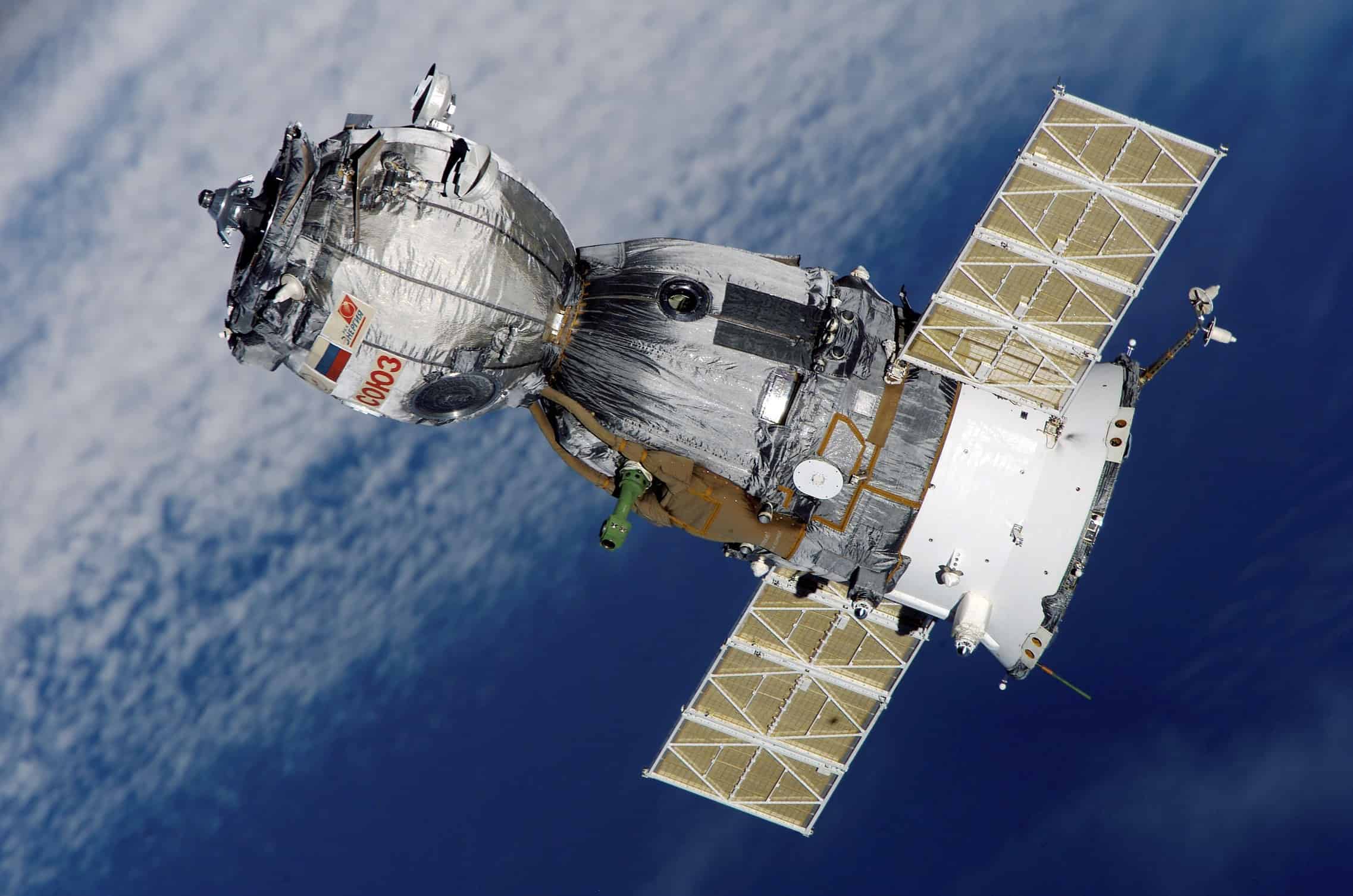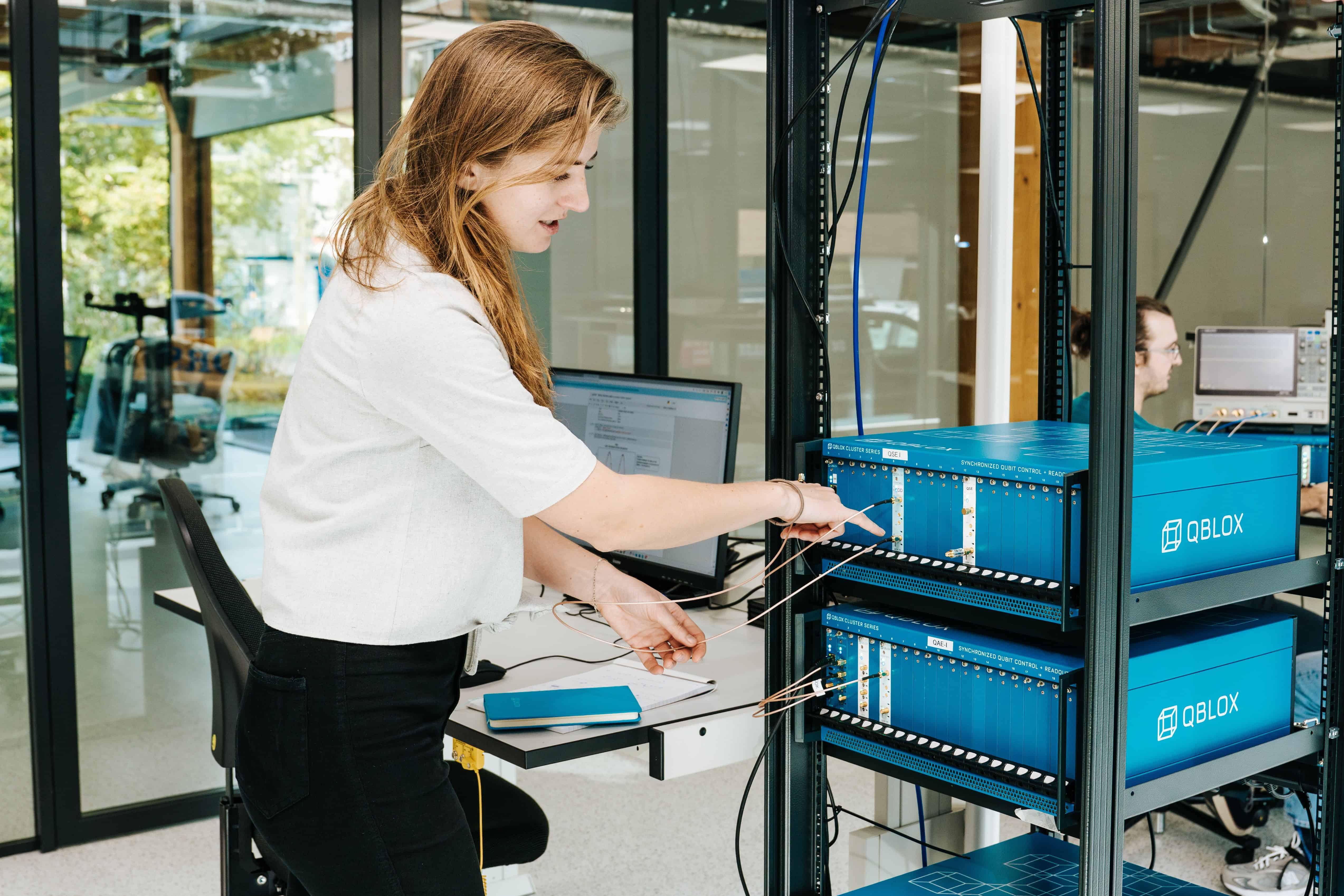
The universe is expanding – but how fast exactly? The answer depends on whether you estimate the cosmic expansion rate – the Hubble’s constant or H0 – based on the echo of the Big Bang or measure H0 directly based on today’s stars and galaxies. This problem, the Hubble tension, has puzzled astrophysicists and cosmologists worldwide.
A study by the Ecole Polytechnique Fédérale de Lausanne (EPFL) and led by Richard Anderson adds a new piece to the puzzle. Their research, the institution says in a press release, achieved the most accurate calibration of Cepheid stars. This a variable star whose luminosity fluctuates over a defined period – for distance measurements to date based on data collected by the European Space Agency’s (ESA’s) Gaia mission. This new calibration further amplifies the Hubble tension.

What is the Hubble Constant?
The Hubble constant (H0) is named after the astrophysicist who, together with Georges Lemaître, discovered the phenomenon in the late 1920s.
The best direct measurement of H0 uses a “cosmic distance ladder,” whose first rung is set by the absolute calibration of the brightness of Cepheids, now recalibrated by the EPFL study. In turn, Cepheids calibrate the next rung of the ladder, where supernovae – powerful explosions of stars at the end of their lives – trace the expansion of space itself. H0 can also be determined by interpreting the CMB – the ubiquitous microwave radiation left over from the Big Bang more than 13 billion years ago. However, this “early Universe” measurement method has to assume the most detailed physical understanding of how the Universe evolves, rendering it model dependent.
Do we understand the universe correctly?
These two models present a discrepancy in value.
The Hubble tension refers to this discrepancy, depending on whether the CMB (early Universe) method or the distance ladder (late Universe) method is used. The implication, provided that the measurements performed in both ways are correct, is that there is something wrong with understanding the fundamental physical laws that govern the Universe. Naturally, this significant issue underscores how essential astrophysicists’ methods are to be reliable.
The new EPFL study is noteworthy because it strengthens the first rung of the distance ladder by improving the calibration of Cepheids as distance tracers.
So, what’s the matter?
Given the vast scale of the Universe, why does a difference of just a few km/s/Mpc matter? “This discrepancy has a huge significance,” says Anderson. “Suppose you wanted to build a tunnel by digging into two opposite sides of a mountain. If you’ve understood the type of rock correctly and your calculations are correct, the two holes you’re digging will meet in the center. But if they don’t, that means you’ve made a mistake – either your calculations are wrong, or you’re wrong about the type of rock. That’s what’s going on with the Hubble constant. The more confirmation we get that our calculations are accurate, the more we can conclude that the discrepancy means our understanding of the Universe is mistaken, that the Universe isn’t quite as we thought.”
Selected for you!
Innovation Origins is the European platform for innovation news. In addition to the many reports from our own editors in 15 European countries, we select the most important press releases from reliable sources. This way you can stay up to date on what is happening in the world of innovation. Are you or do you know an organization that should not be missing from our list of selected sources? Then report to our editorial team.







